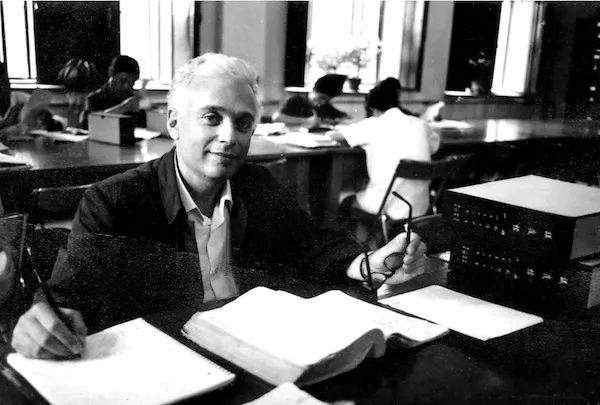<h1 class="pgc-h-arrow-right" data-track="1" > author</h1>
Hole Flying Force
A famous American sinologist, chair professor of history at Harvard University, and a high-ranking disciple of Fairbank

<h1 class="pgc-h-arrow-right" data-track="6" > Douban score</h1>
8.9(5921 reviews)
<h1 class="pgc-h-arrow-right" data-track="11" > Jackie said</h1>
This book meticulously describes an incident of "catching demons" that occurred more than 200 years ago in the Qianlong Dynasty, the prosperous era of the Qing Empire. In 1768 (the thirty-third year of Qianlong), in the months from spring to autumn, this demonic wind actually hit almost half of China, and its influence was so great that the people of the small people were afraid, the officials at all levels were tired of running for their lives, and His Majesty the Emperor did not forget the bedroom for it.
The general course of events: The cause of the so-called demon is the contradiction between the common people, and then maliciously intimidates the other party. The hapless wandering monks and beggars became catalysts for the rapid dispersal of the demon wind. The symbolism of the braid-cutting technique touched the sensitive nerves of the Qianlong Emperor. Thus, a sensational farce of catching demons quickly unfolded. The final outcome, of course, is hastily concluded (because there are no real witches and demons), punished by a number of local officials, and killed by innocent people (mostly wandering monks and beggars) who were provoked and forced to confess in the case.
The author divides three sides to tell the story of this demon hunting incident:
1. The people: In addition to the panic, we have seen hostility in the form of revenge for wrongs everywhere in society. Ordinary people use this opportunity to settle old grudges or seek personal gain.
2. Office officials: carefully conceal intelligence, carefully protect themselves, conceal the truth to cover up interpersonal relations, and stay still to comply with conventional procedures.
3. Qianlong Emperor: The political crisis hidden by cutting braids (the haircut order in the early Qing Dynasty) made Qianlong particularly sensitive to this soul-calling case. "Strictly tightening up the crackdown" is proof of this.
The readability and readability of the soul story told in this book also lies in the various meanings contained in it that span historical time and space. Many people compare this book with Huang Renyu, the author of another book, "The Fifteen Years of the Wanli Calendar." The biggest difference between the two is that what Huang Renyu wants to define is the incompatibility with "modernity" in Chinese history and culture, while what Kong Feili wants to pursue is the place in Chinese history and culture that is connected with "modernity", which is probably the so-called "learning from history".